
Semi-Plenary Speakers
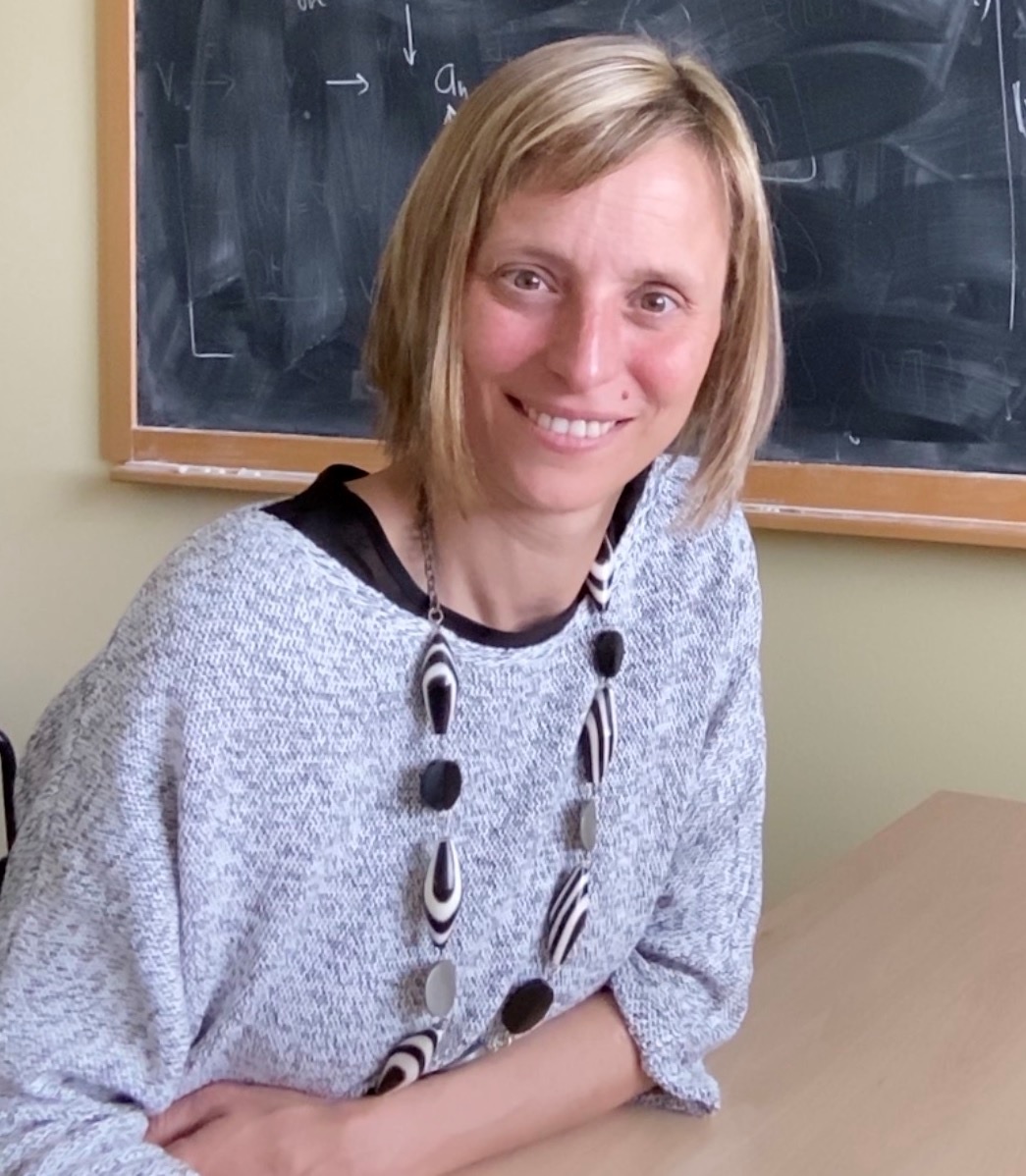
Paola F. Antonietti - Politecnico di Milano, Italy
Modeling neurodegenerative diseases
Paola F. Antonietti is Head of the Laboratory of Modelling and Scientific Computing MOX and Professor of Numerical Analysis at the Department of Mathematics, Politecnico di Milano. She received her PhD degree in 2007 from the University of Pavia. Her research is concerned with the approximate solution of Partial Differential Equations arising in various fields of Applied Sciences and Engineering. She made important contributions to the development and analysis of Discontinuous Galerkin methods, with applications to computational neurosciences and engineering seismology. She is author of one hundred papers published in peer-review International Journals. She serves in the editorial board of several scientific journals, including Mathematics of Computation and SIAM Journal on Scientific Computing. Her research has been acknowledged by scientific prizes, among them the young researchers prize awarded by Italian Society of Applied and Industrial Mathematics (SIMAI) in 2015 and the ECCOMAS Jacques Louis Lions Award in 2020. In 2015, she has been granted a “Scientific Independence of Young Researchers” starting grant funded by the Italian Ministry of Universities and Research. She is a recipient of the ERC Synergy Grant 2023 funded by the European Union.
`
Peter Betsch - Karlsruhe Institute of Technology (KIT), Germany
GENERIC-based structure-preserving numerical methods for coupled problems
Peter Betsch is full professor of mechanics at the Karlsruhe Institute of Technology (KIT), Germany. His main research interests lie in the field of computational mechanics with focus on nonlinear structural and continuum mechanics, flexible multibody dynamics, coupled problems, finite element technology, optimal control, and inverse dynamics problems. In this connection, he is particularly interested in the design of structure-preserving numerical methods. He earned his Diploma degree in Aerospace Engineering from the University of Stuttgart in 1991, his Doctor degree from the University of Hanover in 1996 and, after a post-doc stay at the University of California at Berkeley in 1997, finished his Habilitation degree at the University of Kaiserslautern in 2002. In 2003 he was appointed full professor of computational mechanics at the University of Siegen before he moved to KIT in 2013.
`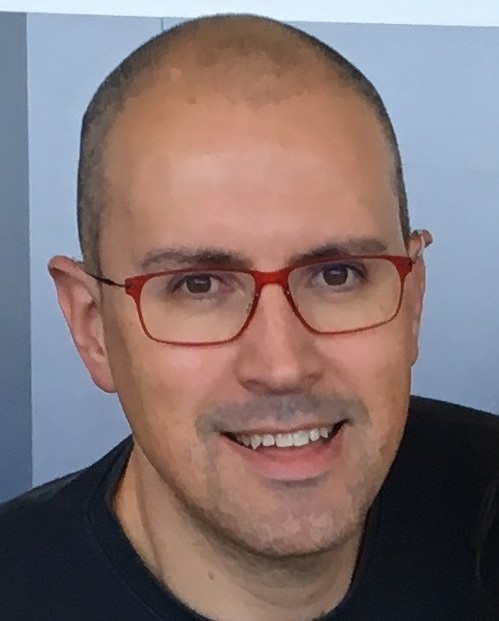
Elías Cueto - Universidad de Zaragoza, Spain
Thermodynamics of learning physical phenomena
Professor of continuum and computational mechanics, Universidad de Zaragoza. My research interests include the development of numerical methods for computational mechanics in its broadest sense. I have worked on finite element and meshless methods or model order reduction techniques, with applications on forming process simulation, real-time simulation, haptics, computational surgery, and, more recently, on data-intensive computational mechanics, thermodynamics-informed neural networks and Augmented/Mixed Reality.

José Vieira de Lemos - National Laboratory for Civil Engineering (LNEC), Lisbon, Portugal
Modelling the dynamics of masonry structures with discrete elements
Dr Lemos holds a Civil Engineering degree from the University of Porto and a PhD in Geo-engineering from the University of Minnesota, Minneapolis. He has been extensively involved in the development of discrete element models, namely the codes UDEC and 3DEC, and their application in rock mechanics and masonry structures. Presently he is a Principal Researcher at LNEC (National Laboratory for Civil Engineering) in Lisbon, Portugal. His research interests include seismic analysis of masonry structures, safety studies of concrete dam foundations, and discrete element modelling.
`
Laura de Lorenzis - ETH Zürich, Switzerland
Lattice Boltzmann schemes for solid mechanics
: Laura De Lorenzis is Professor of Computational Mechanics at ETH Zürich. She is the recipient of several prizes, including the RILEM L’Hermite Medal, the AIMETA Junior Prize, an ERC Starting Researcher Grant, the IIFC Young Investigator Award, the election to EUROMECH fellow, two best paper awards and two student teaching prizes. She has authored or co-authored more than 140 papers on international journals on different topics of computational and applied mechanics. Since 2023 she is Editor of Computer Methods in Applied Mechanics and Engineering.
`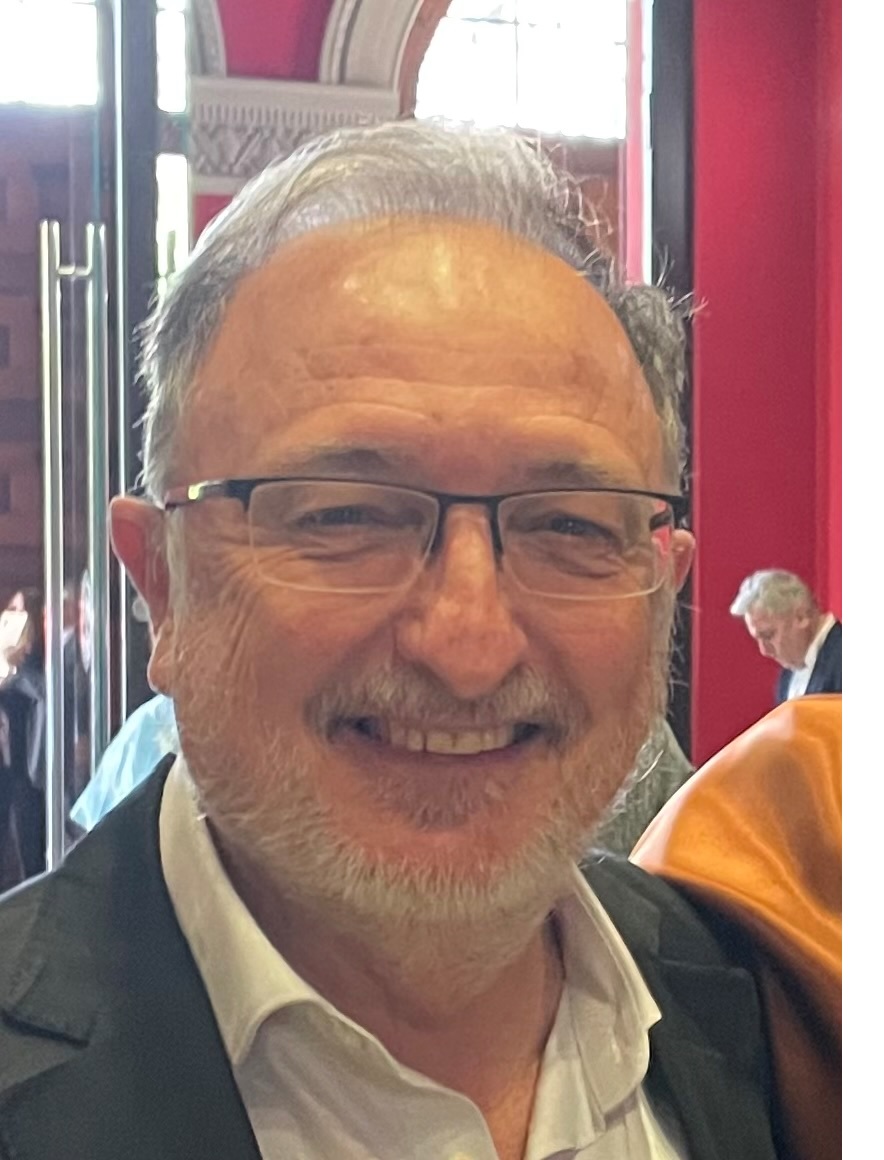
Manuel Doblare - University of Zaragoza, Spain
On Modelling cell plasticity in continuum mathematical biology
Manuel Doblaré is full professor of Solid and Structural Mechanics at the University of Zaragoza. He has published over 250 articles in ISI journals, presented over 500 papers at conferences, and supervised 39 PhD theses. He served as Head of the Department of Mechanical Engineering, Dean of the School of Engineering, founding Director of the Aragon Engineering Research Institute and of the National Center for Bioengineering, Biomaterials, and Nanomedicine. In 2011, he temporarily left the University to help create Abengoa Research, the Corporate Research Center of Abengoa, a multinational company leader in solar energy generation and biofuel production, where he served as Chief Scientific Officer and CEO until 2016. Dr. Doblaré has received several recognitions, including the Aragon Research Excellence Award, the O.C. Zienkiewicz Award for achievements in Numerical Methods, his appointment to the World Council of Biomechanics, and his election as Fellow of EAMBES, and as academician of the Spanish Royal Academy of Engineering. Dr. Doblaré's research interests include mechanics of materials, multiscale and multiphysics problems with applications in biomechanics, mechanobiology and tissue engineering, organ-on-chip systems, and the combination of physical and data models with health applications.
`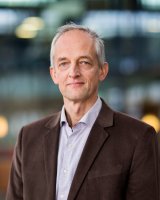
Marc Geers - Eindhoven University of Technology, Netherlands
Particle based methods for additive manufacturing and fracture
Marc Geers is full professor in Mechanics of Materials at the Eindhoven University of Technology in the Netherlands since 2000. His research interests are in the field of micromechanics, multi-scale mechanics, damage mechanics and mechanics in miniaturization. His research group aims to understand, describe, predict and optimise the mechanical response of engineering materials as a function of their underlying microstructure, processing and evolution, through focused and coordinated experimental, theoretical and computational efforts at a wide range of length scales. Particular research topics are: strain gradient crystal and dislocation plasticity, ductile damage, interface mechanics, computational homogenization and microstructural patterning. He published more than 300 journal papers, with a significant citation impact (Web-of-Science h-index=51). In the past 10 years, he presented more than 15 plenary lectures at international conferences and over 50 keynote and invited lectures. At present, he is the Editor-in-Chief of the European Journal of Mechanics A/Solids, and he serves on the editorial boards of several other journals. He serves the Dutch scientific community and organizations in various responsible roles. He is a Fellow of the European Mechanics Society, Fellow of the International Association for Computational Mechanics and member of the Royal Netherlands Academy of Arts and Sciences. He received an ERC Advanced Grant for his research on homogenization and metamaterials. He is the President of the European Mechanics Society EUROMECH.
`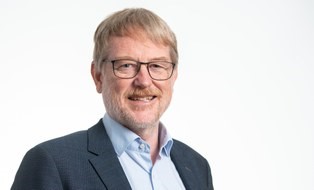
Michael Kaliske - Technische Universität Dresden, Germany
Computational Methods for Conservation of Wooden Artwork
Michael Kaliske was born in Hamburg, Germany. He graduated from University of Hannover and Swansea
University.
Subsequently, he was working as research fellow at the Institute for Structural Analysis (University of
Hannover)
1991-1999. He got his Ph.D. in 1995 and the Habilitation in 1999. He joined Continental AG and was Head of
the Mechanics
and Simulation Development Department until 2002. In 2002, he was awarded the Chair of Structural Mechanics
at
University of Leipzig (2002- 2008). Since 2006, he is Director of the Institute for Structural Analysis at
Technische
Universität Dresden.
Further responsibilities are Secretary of the International Association of Applied Mathematics and Mechanics (GAMM)
since 2009, President of the German Association of Computational Mechanics (GACM) 2017-2020 and Vice-President of the
International Association for Computational Mechanics (IACM) since 2022, among others.
Michael Kaliske is interested in modelling and simulation of structural behavior at different length scales as well as
its multi-physical characteristics including uncertainty features.
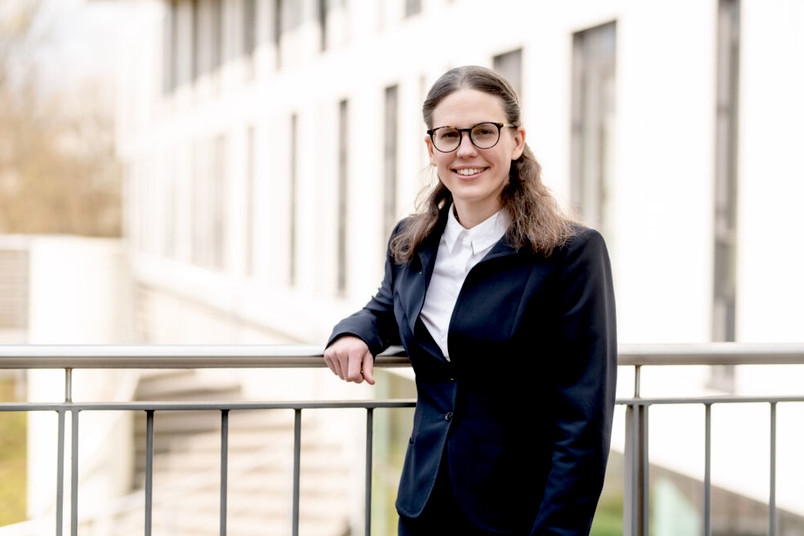
Katharina Kormann - Ruhr University Bochum, Germany
Structure-preserving methods for high-dimensional problems
Katharina Kormann is a professor in Numerical Analysis at the Ruhr University Bochum. She obtained her Master degree from the Technical University of Munich and her PhD in Scientific Computing from Uppsala University. After a PostDoc at TU Munich she joined the Max Planck Institute for Plasma Physics as a senior researcher before holding an associate professorship at Uppsala University. Her research covers a broad rage of topics in scientific computing, in particular algorithms for high-dimensional problems, structure-preserving numerical methods, low-rank tensor compression and matrix-free methods in scientific computing. The main application area is to understand the dynamics in fusion energy, astro- and particle physics.
`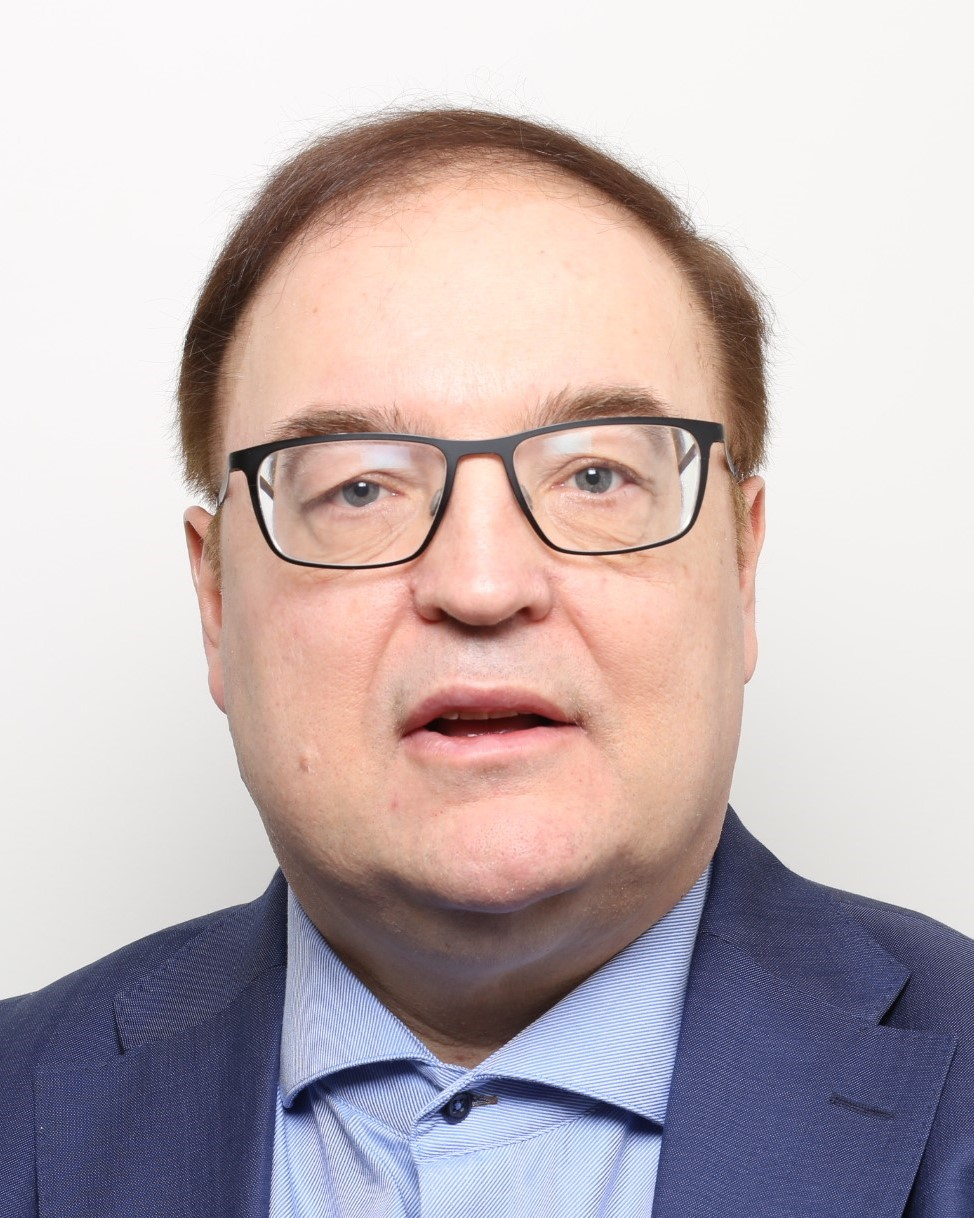
Trond Kvamsdal - Norwegian University of Science and Technology (NTNU), Norway
Predictive Digital Twins
Trond Kvamsdal is a Professor in the Department of Mathematical Sciences, at the Norwegian University of Science and Technology, and he also holds a part time Senior Scientist position in the Department of Mathematics and Cybernetics at SINTEF Digital. His positions at NTNU are within computational mathematics - Main areas of research are Adaptive Finite Element Methods (AFEM), Reduced Order Modeling (ROM), and Hybrid Analysis and Modeling (HAM) to enable predictive Digital Twins. He is chairing the FME NorthWind Scientific Advisory Committee and is the leader of the NTNU Energy Team Wind and the NTNU IE Team Digital Twin. He received the IACM Fellow Award (International Association for Computational Mechanics) in 2010 and was elected member of the Norwegian Academy of Technological Sciences (NTVA) in 2017.
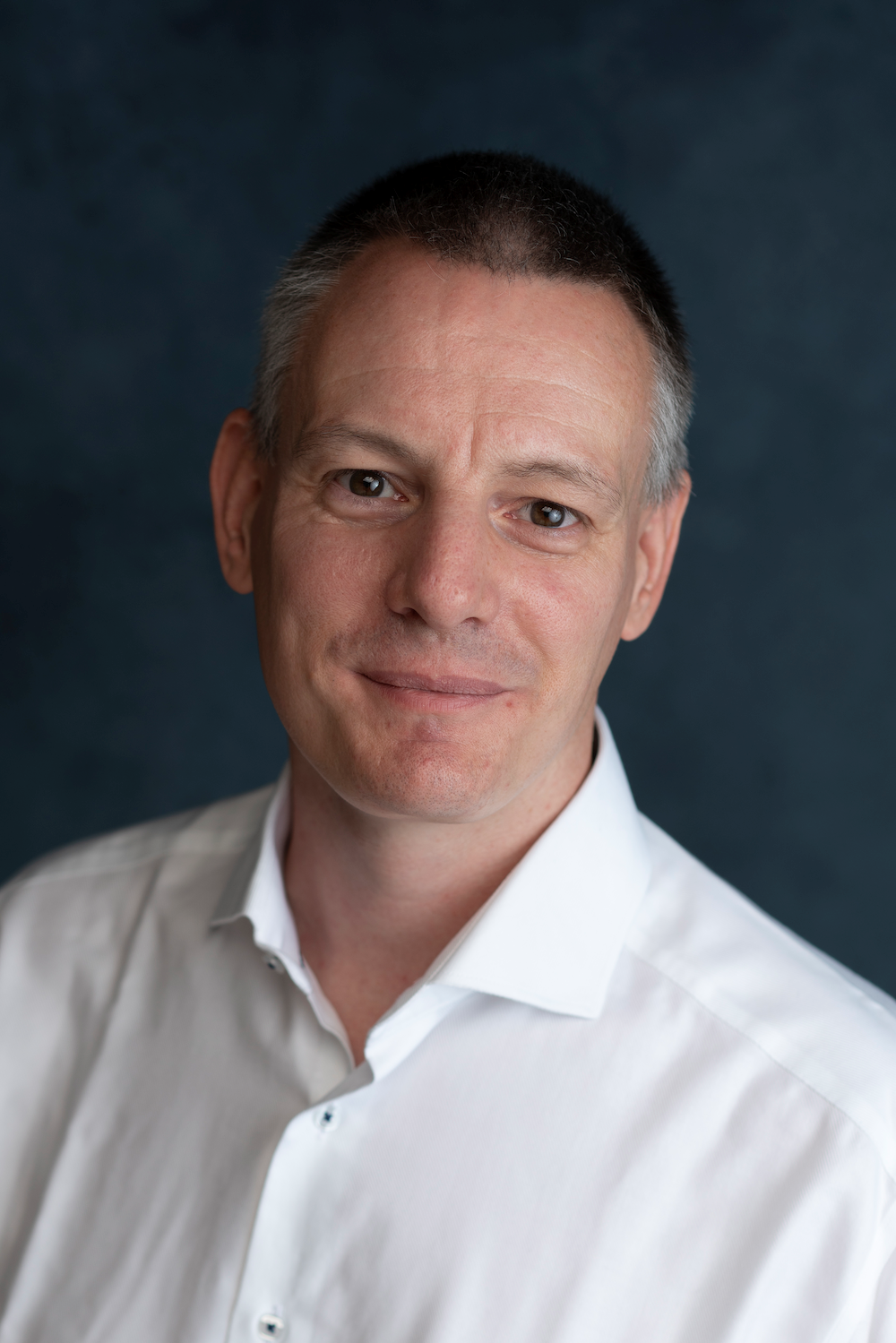
Matthias Moller - Delft University of Technology, Netherlands
Bridging the gap between isogeometric analysis and deep operator learning
Matthias Möller is Associate Professor of Numerical Analysis at Delft University of Technology in the
Netherlands. He obtained a Diploma in Mathematics (2003) and a PhD degree (2008) from TU Dortmund University
in Germany. After a PostDoc position at the same institute he moved to TU Delft in 2013. He has co-authored
more than 50 refereed journal articles.
His research focusses on numerical methods for fluid flow problems, in particular, adaptive finite element and isogeometric analysis in combination with physics-informed machine learning techniques. The second research pillar of his group is quantum-accelerated scientific computing, in particular, the development of lattice Boltzmann methods for future fault-tolerant quantum computers.
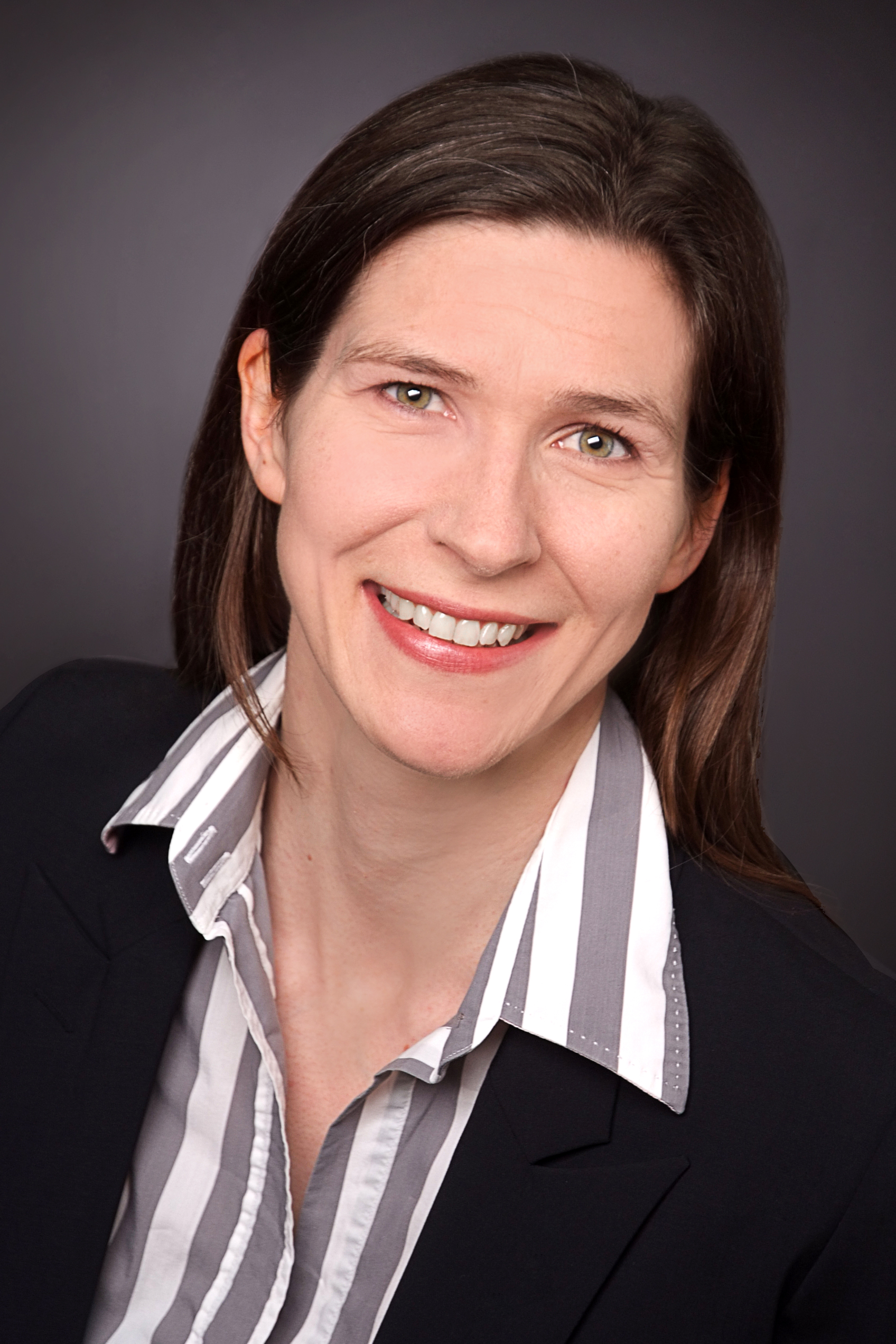
Sandra May - Uppsala University, Sweden
Solution of hyperbolic problems on cut cell meshes
Sandra May is currently associate professor for Scientific Computing at Uppsala University. She obtained a
Diplom in
Mathematics from Heidelberg University and a PhD in Mathematics from the Courant Institute of Mathematical
Sciences
(NYU). After that she has worked as postdoc at ETH Zurich and as assistant professor at TU Dortmund
University before
moving to Sweden.
In her research, she develops new finite volume and discontinuous Galerkin schemes for solving flow problems. A focus
topic has been the solution of hyperbolic flow problems with complex geometries by means of a cut cell approach.
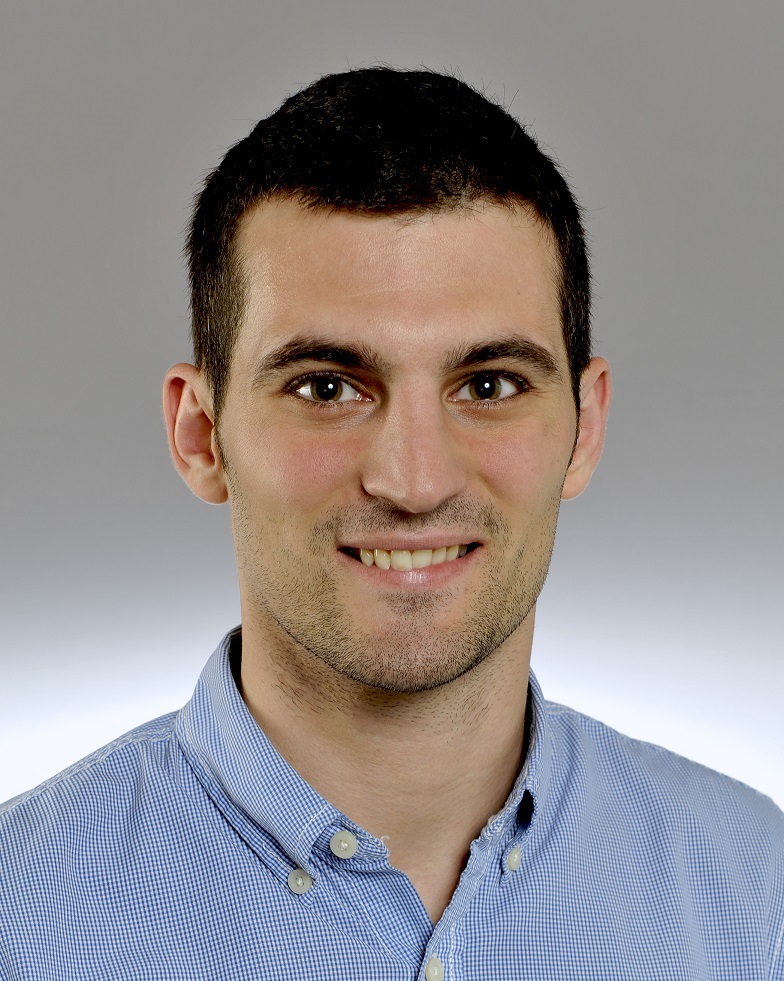
Emilio Martinez-Pañeda - Oxford University, United Kingdom
Phase field modelling of multi-physics problems, from Li-Ion battery degradation to hydrogen assisted failures
Emilio Martinez-Pañeda is an Associate Professor in Engineering Science at the University of Oxford, where he leads the Mechanics of Materials Lab. His research interests span a wide range of topics within computational mechanics, from the prediction of crevasse growth in large ice-sheets to the micro-scale modelling of battery materials. Prof. Martinez-Pañeda has published more than 90 scientific papers in the best journals of computational and applied mechanics and received numerous prestigious awards and fellowships for his contributions. Among others, Prof. Martinez-Pañeda is the recipient of SEMNI’s Simó Prize, RILEM’s Gustavo Colonetti Medal, Spain’s Royal Academy of Engineering Young Investigator Medal and the UK’s Royal Academy of Engineering Young Engineer of the Year award.

Simona Perotto - Politecnico di Milano, Italy
Exploring the potential of mathematical methods for sustainability: mesh adaptation and model reduction towards a greener future
Simona Perotto is Full Professor in Numerical Analysis at the Department of Mathematics of Politecnico di
Milano, Italy.
She got her Master Degree in Mathematics (University of Torino) and her Ph.D. in Computational Mathematics
and
Operations Research (University of Milano).
Simona Perotto has a 20+ years experience in mesh generation and adaptation and 10+ years in model reduction and
adaptation.
She is author and co-author of about 80 scientific papers on international peer-reviewed journals, and of about 40
contributions on books and proceedings.
In particular, the paper in J. Sci. Comput., 60 (2014), 505- 536 has been listed among the most notable (out of 6)
papers in 2014 for the class of Mathematics of Computing by the Association of Machine Computing.
Simona Perotto has supervised more than 80 Master Degree students, 8 PhD doctors (plus, 4 ongoing Ph.D. students), 33
students involved in industrial/academic internships, Erasmus projects, term contracts, research grants.
She has been PI and CoPi of several national and international projects (among these, a NSF and a H2020-MSCA project),
and international fellowships.
Simona Perotto has been invited at more than 70 international conferences, 6 times as a Plenary speaker.
Finally, she is co-Founder, shareholder and President of the spin-off ADAPTA studio (Politecnico di Milano).
In particular, in December 2019, Simona Perotto won the prize Switch2Product, Innovation Challenge, XI Edition,
Politecnico di Milano, Deloitte, PoliHub and attended the acceleration program Switch2Product, Innovation Challenge,
PoliHub, Innovation District & Startup Accelerator
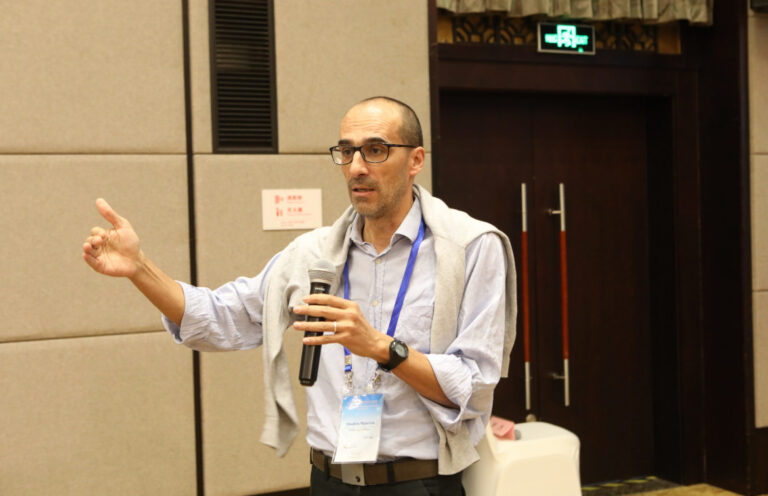
Maurizio Quadrio - Politecnico di Milano, Italy
The fluid mechanics of the human nose: Where surgery meets flow control
Maurizio Quadrio, PhD, is Professor of Fluid Dynamics and Turbulence at Politecnico di Milano. In his research he combines simulations and experiments to study wall-bounded turbulent flows, with a focus on turbulent skin-friction drag reduction. He is also interested in the airflow within the human nasal cavities, to understand how it relates to an healthy breathing, and to design optimal surgeries.
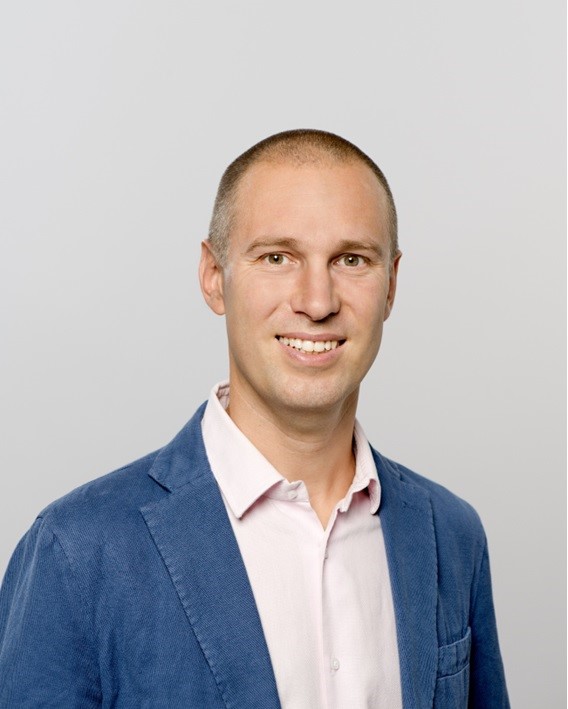
Alessandro Reali - University of Pavia, Italy
Isogeometric analysis: recent advances with applications to complex and coupled problems
Alessandro Reali (b. 1977) is Full Professor of Solid and Structural Mechanics at the University of Pavia since 2016, Dean of the Department of Civil Engineering and Architecture since 2018, and Rector’s Delegate for International Research and Ranking since 2019. He has been the principal investigator of several national and, international research projects, including an ERC grant of the European Research Council, and, for his research results, he has been awarded many prizes and honors; just to name a few, he is Knight Commander of the Order of Merit of the Italian Republic, Clarivate/ISI Highly Cited Researcher, Ambassador of the Technical University of Munich - TUM, ECCOMAS Euler medalist, IACM Fellows awardee, Fischer Fellow of the TUM Institute for Advanced Study, Finzi awardee of Istituto Lombardo – Accademia di Scienze e Lettere, IACM Argyris awardee, ECCOMAS Zienkiewicz awardee, AIMETA Junior awardee. He has been, moreover, selected for the Regional Forum for Research and Innovation of Regione Lombardia (2023-2025), and he is a member of the Executive Council of Gruppo 2003 per la Ricerca Scientifica (the association of Italian ISI Highly Cited Researchers), a founding member of ERC in Italy (the association of Italian ERC grantees), as well as a member of the ECCOMAS General Assembly and IACM General Council.
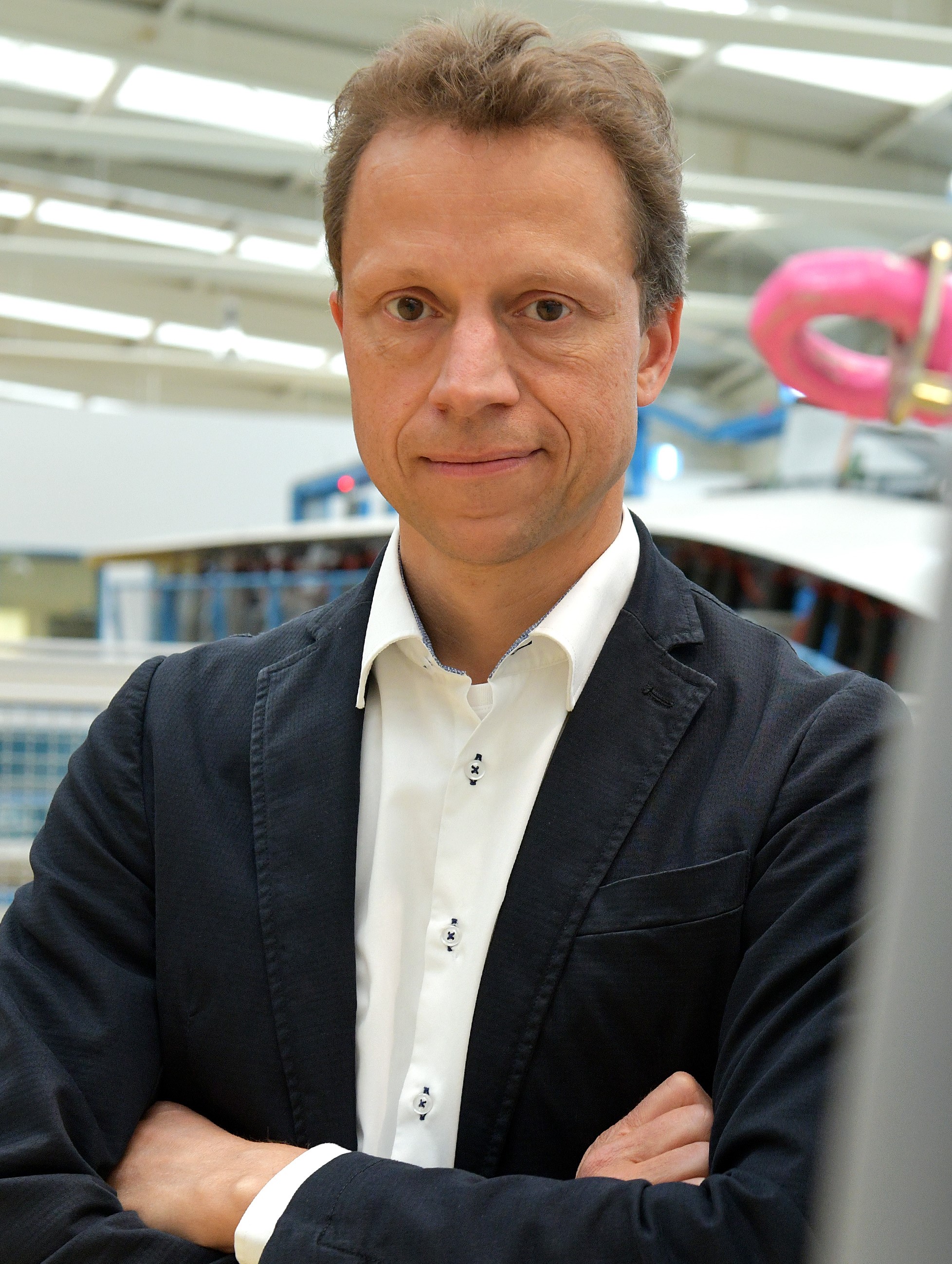
Daniel Reckzeh - Airbus Technology, Germany
Energy Efficiency - A key lever for Sustainable Flight
Daniel Reckzeh joined DLR and later Airbus after graduating in 1997 in Aerospace Engineering at the Technical University of Braunschweig, Germany. He has taken various leading positions in Airbus Flight Physics, having been involved in the design of the A380, A400M and various Research & Technology Programmes and was playing a driving role in the invention of the A350XWB multifunctional wing concept. In his current role as Senior Manager in the Airbus Technology Program, Daniel is responsible for Overall Aircraft Design & Integration and Flight Science Technologies. Besides this, he is leading the Research & Technology organisation on the Airbus site in Bremen. Daniel is holding an Airbus Aircraft Architect position and also an Expert role in the technology field of multidisciplinary wing design. He is member of the Senate of the German Aerospace Society (DGLR) and leads the section "manned aircraft".
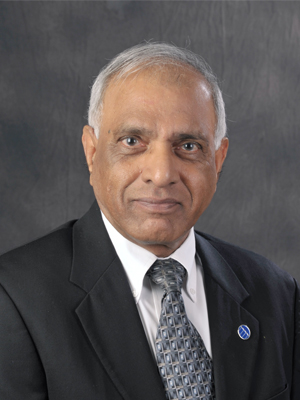
J. N. Reddy - Texas A&M, USA
GraFEA: A Thermodynamically-Consistent Computational Approach for Damage and Failure
J. N. Reddy is a Distinguished Professor and O'Donnel Foundation Chair IV in Mechanical Engineering, in
Texas A&M. He is known worldwide for his significant contributions to the field of applied mechanics through
his pioneering works on the development of shear deformation theories (that bear his name in the literature
as the Reddy third-order plate theory and the Reddy layerwise theory) and the authorship of widely used
textbooks on the linear and nonlinear finite element analysis, variational methods, composite materials and
structures, applied functional analysis, and continuum mechanics. His writings have had a major impact on
engineering education and technological advances around the world.
Dr. Reddy’s research over the years has involved the development of dual-complementary variational principles in theoretical mechanics, mathematical theory of finite elements (especially mixed finite element formulations), refined mathematical models of laminated composite plates and shells, penalty formulations of the flows of viscous incompressible fluids, least-squares formulations of solid and fluid continua, and extensions and applications of the finite element method to a broad range problems, including: composite structures, numerical heat transfer, computational fluid dynamics, and biology and medicine. His shear deformation plate and shell theories and their finite element models and the penalty finite element models of non-Newtonian fluids have been implemented into commercial finite element computer programs like ABAQUS, NISA, and HyperXtrude.
The current research of Dr. Reddy and his group deals with 7- and 12-parameter shell theories and non-local and non-classical mechanics theories using the ideas of Eringen, Mindlin, Koiter, and others. Dr. Reddy and Dr. Srinivasa have conceived a transformative non-parametric network based methodology (called GraFEA) to study damage and fracture in elastic and viscoelastic solids, including composite structures.
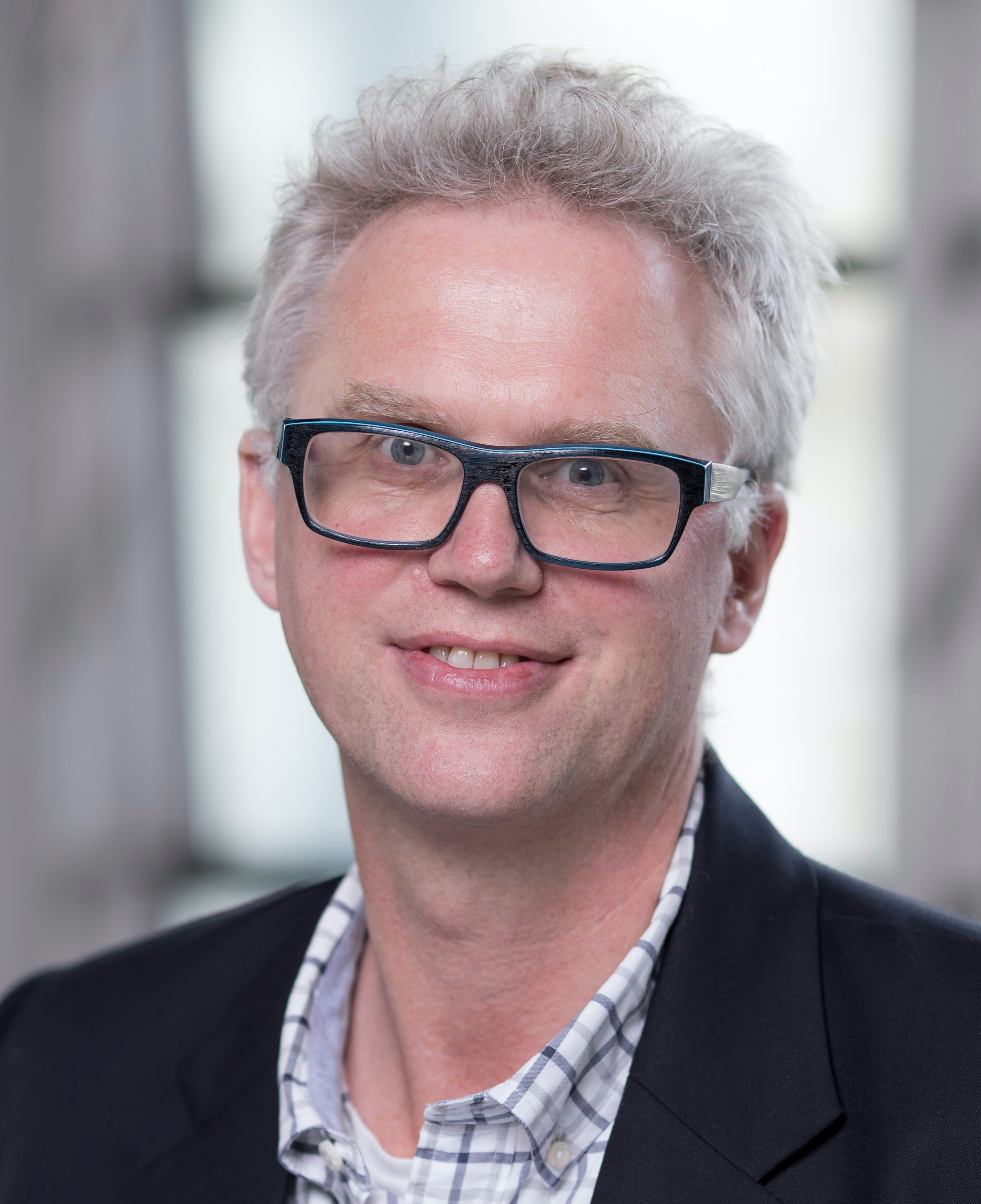
Spencer Sherwin - Imperial College London, United Kingdom
Advancing spectral/hp element high fidelity simulation of incompressible and compressible flows
Spencer Sherwin is the Professor of Computational Fluid Mechanics and Head of the Department of Aeronautics at Imperial College London. Over the past 25 years he has specialised in the development and application of advanced parallel spectral/hp element methods for flow around complex geometries with a particular emphasis on vortical and bluff body flows, biomedical modelling of the cardiovascular system and more recently in industrial practice through partnerships with McLaren Racing and Rolls Royce. Professor Sherwin’s research group (www.sherwinlab.info) also develops and distributes the open source spectral/hp element package Nektar++ (www.nektar.info) which provides the capability for direct numerical and large eddy simulation as well as stability analysis for a range of applications including vortex flows of relevance to offshore and wind, engineering, vehicle aerodynamics and turbomachinery. He has published numerous peer-reviewed papers in international journals covering topics from numerical analysis to applied and fundamental fluid mechanics and co-authored a highly cited book on the spectral/hp element method. In 2020 he was awarded the ECCOMAS Prandtl prize for outstanding and sustained contribution to the area of computational fluid dynamics.

Nuno Silvestre - University of Lisbon, Portugal
On the Improvement of Solar Sail Membranes through a Multiscale Approach using Graphene-Based Composites
Nuno Silvestre is Full Professor at the Department of Mechanical Engineering of Instituto Superior Técnico,
University
of Lisbon, Portugal. Research interests of Nuno Silvestre are grouped in two main areas: (i) numerical
methods and
analytical tools for the analysis and design of thin-walled and lightweight structures and (ii) mechanics
and simulation
of thin nanostructures and nanocomposites. Concerning thin-walled and lightweight structures, his work on
the
development of Generalized Beam Theory (GBT) received world recognition.
Regarding nanomaterials, he achieved several recent contributions on the computational modelling and mechanical
behaviour of carbon nanotubes (CNT) and CNT- and graphene reinforced matrix composites. His publications include about
270 papers in international indexed journals, some edited books and about 300 communications in international
conferences, for which he received many citations. The Hirsch index (h-index) of Nuno Silvestre is 40 in ISI Web of
Knowledge, 44 in Scopus and 57 in Google Scholar. Nuno Silvestre has been Editor-in-Chief for Thin-Walled Structures
Journal (Elsevier, Q1, IF2022=6.4) since 2018. He was also the Engineering Editor for Data in Brief (Elsevier),
Associate Editor for Nanomaterials and Nanotechnology (SAGE Publishing) and member of several editorial boards of
international journals. For his scientific achievements, he received many awards from national and international
agencies, including the Vinnakota 2004 Award (Structural Stability Research Council, USA), IJSSD 2007 Award
(International Journal of Structural Stability and Dynamics), Ferry Borges 2008 Award (National Association of
Structural Engineering), Diploma of Distinction for Scientific Merit and Knowledge 2008 (Technical University of
Lisbon), Award for Best Young Researcher in Applied, and Computational Mechanics 2009, (Portuguese Association of
Applied, Theoretical and Computational Mechanics) and UTL 2011 Award (Santander Totta Bank and University of Lisbon).
Since 2021, Nuno Silvestre has been the President of the Institute of Mechanical Engineering (Portugal) and
Vice-Coordinator of the Associated Laboratory of Energy, Transportation and Aerospace (Portugal).



